Hello,
My name is Nicholas Gazin and I’m VICE’s art editor. This is my column in which I discuss comics, zines, art books, and anything aesthetically beautiful or terrible I think other people should know about.
Videos by VICE
Love,
Nicholas
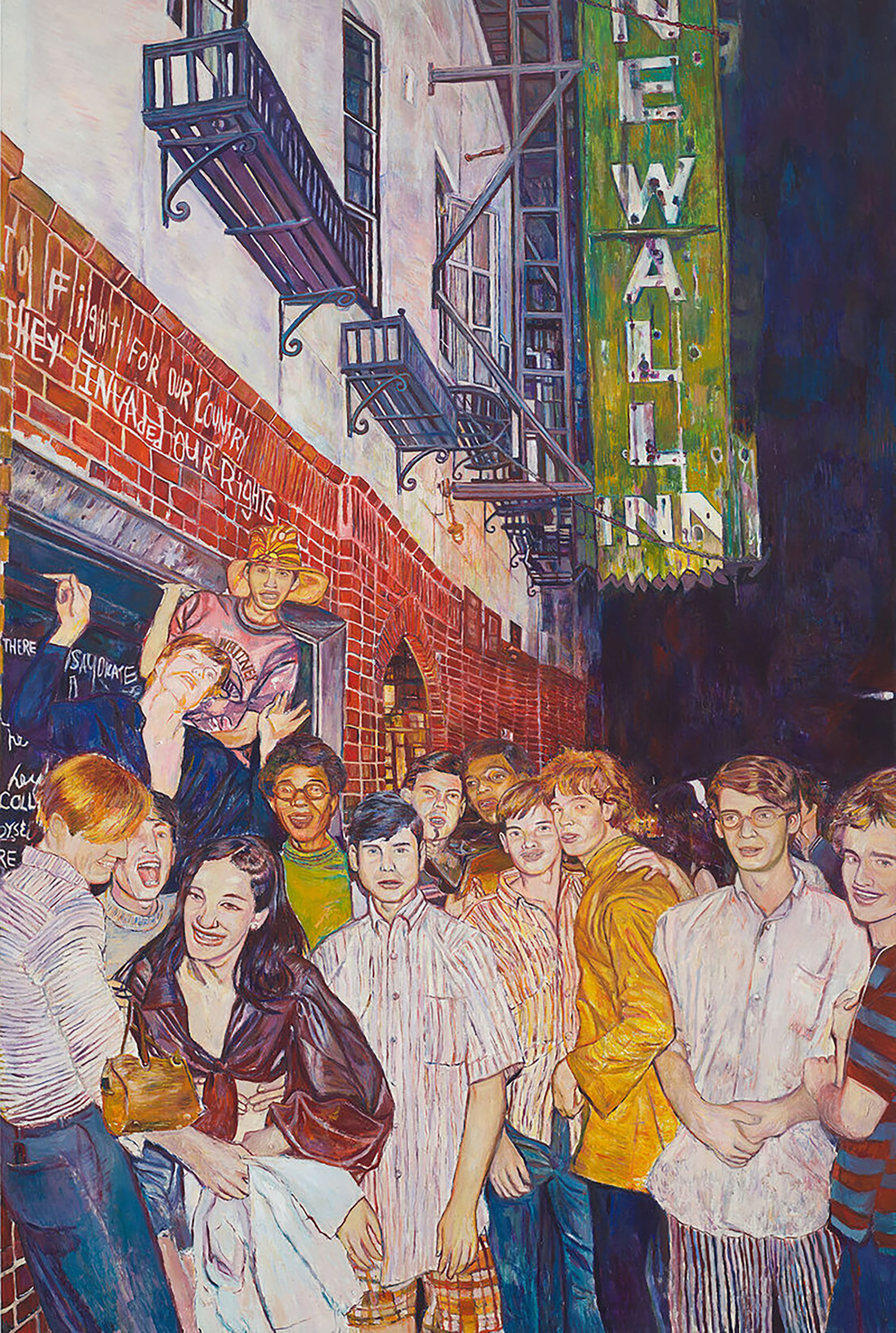
Keith Mayerson has a show up called My American Dream: Heroes and Villain at Marlborough Gallery in New York City. Everyone should go see it if they can. Keith makes paintings that swim with energy and color.

Two popular cartoonists from Pittsburgh, Ed Piskor and Jim Rugg, have created a great new video podcast called Cartoonist Kayfabe. They spend each episode discussing a different issue of Wizard Magazine, starting with the first and moving forward one issue at a time. Wizard began publication in 1991, closed up shop in 2011, and mostly covered superhero comics, although it also gave a lot of independent comics the widest press they would ever receive. The two cartoonists use the framework of reviewing 27-year-old magazines to tell the history of the comics medium and industry, as well as share gossip and talk shit. In some ways, Piskor and Rugg are industry insiders, but in other ways they’re total outsiders. They talk about comics in a way that’s loose and informed at the same time.

It’s been a little while since Stan Lee died, and the only accurate obituary I saw from anything resembling the mainstream press was from the Onion: “Stan Lee, Creator of Beloved Marvel Character Stan Lee, Dead At 95.”
My mom texted me the other day to ask if Stan Lee was a good guy or a bad guy. I told her that it was a complicated answer but that he had done a lot of bad things and proceeded to list some for her. She told me that I should write about it since she had only seen articles talking about what a great person and creative force he had been. So I figured I’d do that here.
When Hugh Hefner died there was a great article about him called “Good Riddance To An Abusive Creep.” When Stan Lee died I assumed that we would be drowning in similar articles but we weren’t. I saw a lot of adulating obituaries that all echoed the same bland information that Stan Lee had drilled into our skulls for decades. Then I saw some adulating think pieces and adulating fan art. The dissenting voices I saw were small. Some comics focused websites described Stan Lee as “controversial.” There was also Johnny Ryan’s great drawing of Jack Kirby and Steve Ditko’s hands reaching up from their graves to pull Stan Lee into Hell. Stan Lee, the person, has died which has allowed Stan Lee, the mythic folk hero that he spent most of his life cultivating, to gain more and more prominence. The complicated and ugly truth is already being forgotten because people want to believe that this charismatic and friendly person is who he presented himself as over and over again.

Budd Schulberg wrote a great book in 1941 titled What Makes Sammy Run. it’s a story about a poor Jewish teenager named Sammy Glick who works his way up from being a copy boy at a newspaper to running the largest movie studio in Hollywood by fucking over every person with talent that he comes across. It almost seems like it could have been about Stan Lee, who started as a copyboy at Marvel, then called Timely, in 1939, and was running the studio by 1941. If I was to write a book about Stan Lee I might call it What Makes Stan Lee Run.
The things that Stan Lee has taken credit for making and saying are great, and I fear that, now that everyone involved is dead, the myth that Stan Lee was a creative genius or a good guy will perpetuate forever while the people he fucked over will be forgotten. The things I have to say about Stan Lee are already publicly known, and most people who care about comics already know all about this. But nobody reads or does research anymore, and I notice increasingly people hate hearing new information that contradicts what they already believe.

Stan Lee wrote short editorial pieces that would appear in Marvel Comics called Stan’s Soapbox in which he condemns racism and xenophobia and paints himself as a great ally. Here’s a quote from Cal Massey, a black comic artist who worked for Stan Lee.
“I walked into the room [to show Stan Lee my work] and Stan said, ‘Massey’s in the cold cold ground.’ I sat down and he said, ‘Messy Massey.’ Then I got up and started to leave, when Stan asked me where I was going. I said, ‘I thought New York had grown past this sort of thing. Have a nice day.’ …Stan was making a play on the lyrics of a song from the South that was written during slavery times, and I didn’t like it. He explained that to me, saying, ‘I just wanted to see what kind of character you have.’” – Cal Massey interview with Jim Amash, Alter Ego #105, 2011
I’m not trying to say this story means that Stan Lee was a wannabe Klansman or that he definitely didn’t mean any of the things he said in his column. I’m saying that he was a sociopathic phoney and he fooled a lot of people into believing he was the person that he promoted himself as. Stan’s Soapbox allowed Stan Lee to show you what a great guy he was similarly to how The Apprentice allowed Donald Trump to present himself as a great businessman and leader. It’s all just theater. It’s fake. He seemed focused on making lots of strangers think he was great but the comic creators who knew him and made him wealthy died hating or suing him.
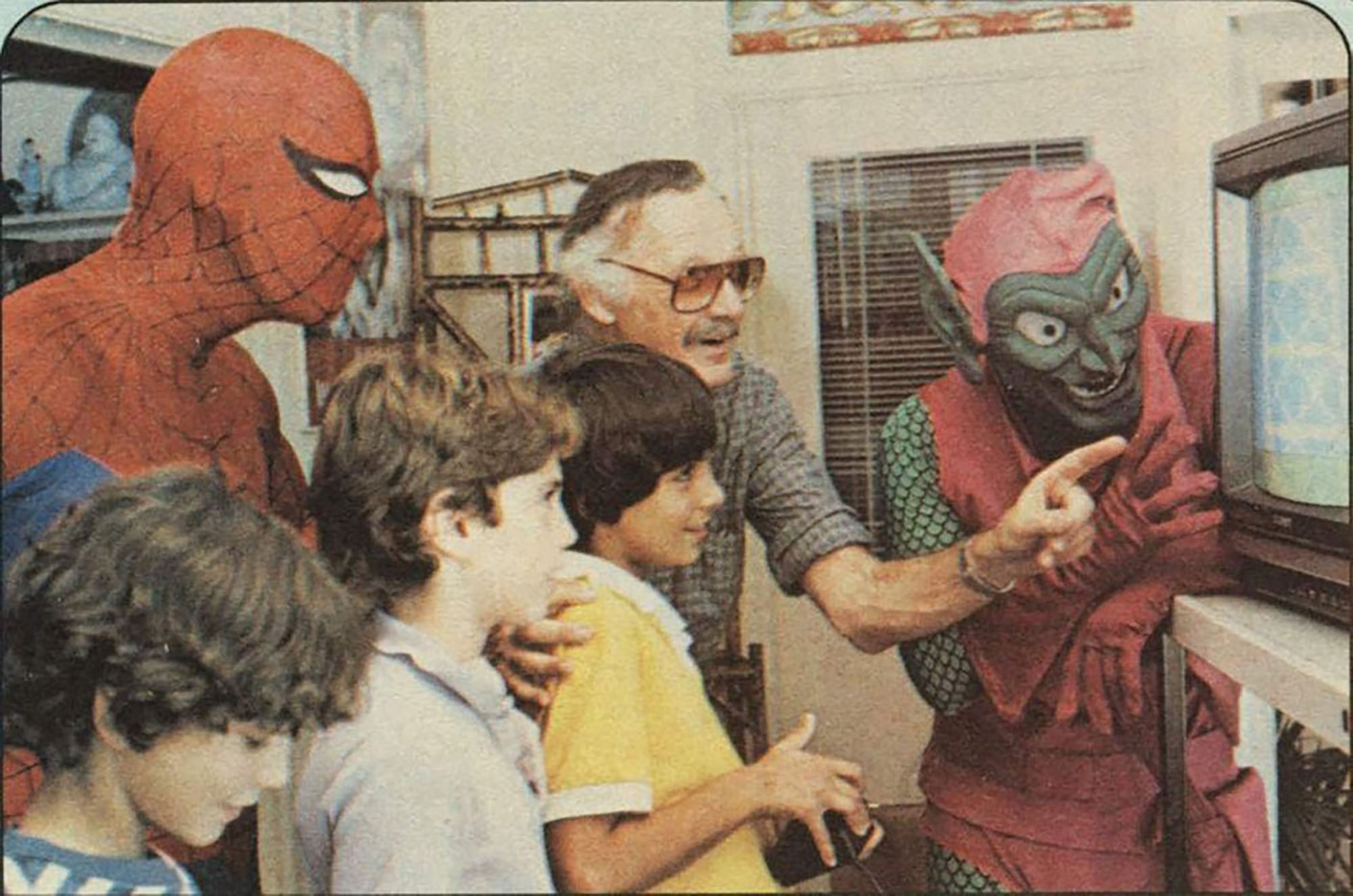
He also credited himself as the writer/creator of the Marvel superheroes and while he played a crucial role in the popularity of the 1960s resurgence in superheroes and the success of Marvel Comics, he was an editor more than a writer. Comics published by Marvel were made using a unique process called the “Marvel Method.” A comic artist would come to Stan Lee’s office and he would either verbally describe a story to them or give them a story summary that was between a paragraph and a few pages and then they would go write and draw the comic and return it to Stan Lee who would then decide the dialogue to go into the drawn comic. This might not sound terribly damning but the majority of comic book writers who you see credited as writing a comic have crafted a complete script that they deliver to the artist.
Steve Ditko and Jack Kirby would eventually just come up with their own plots and Stan Lee would be merely crafting the words the characters would say. Stan later defended this by saying he felt he was giving the artists creative freedom. Although Stan was pretty liberal with giving out creative freedom he was more tightfisted when it came to sharing the spotlight, money, copyrights or the sales from the original art of his collaborators.
Knowing how to properly wrangle talent is an important skill and a good editor can be the difference between a good and bad comic. After he retired from writing in 1972 Stan Lee would occasionally return to writing and make garbage like the TV show Striperella, which sure makes it seem like he had a lot less talent than people want to believe.
Here’s a pretty good blog post that nitpicks exactly what Stan Lee did and didn’t do creatively and goes over all the rumors and gossip.

I think that people really enjoy the idea of a single person creating something they love. It’s inspiring and makes us feel good. George Lucas, Steve Jobs, Walt Disney, and Thomas Edison all are or were very talented people but they also had a lot of equally talented people working with or for them.
Some people may read this and assume I wrote it to spread negativity, to slander a good man’s name or just to be contradictory because VICE. A lot of people already know the things that I had to say about Stan Lee. Some people know and don’t care. I wrote this for the people that don’t already know.
Here are some reviews.
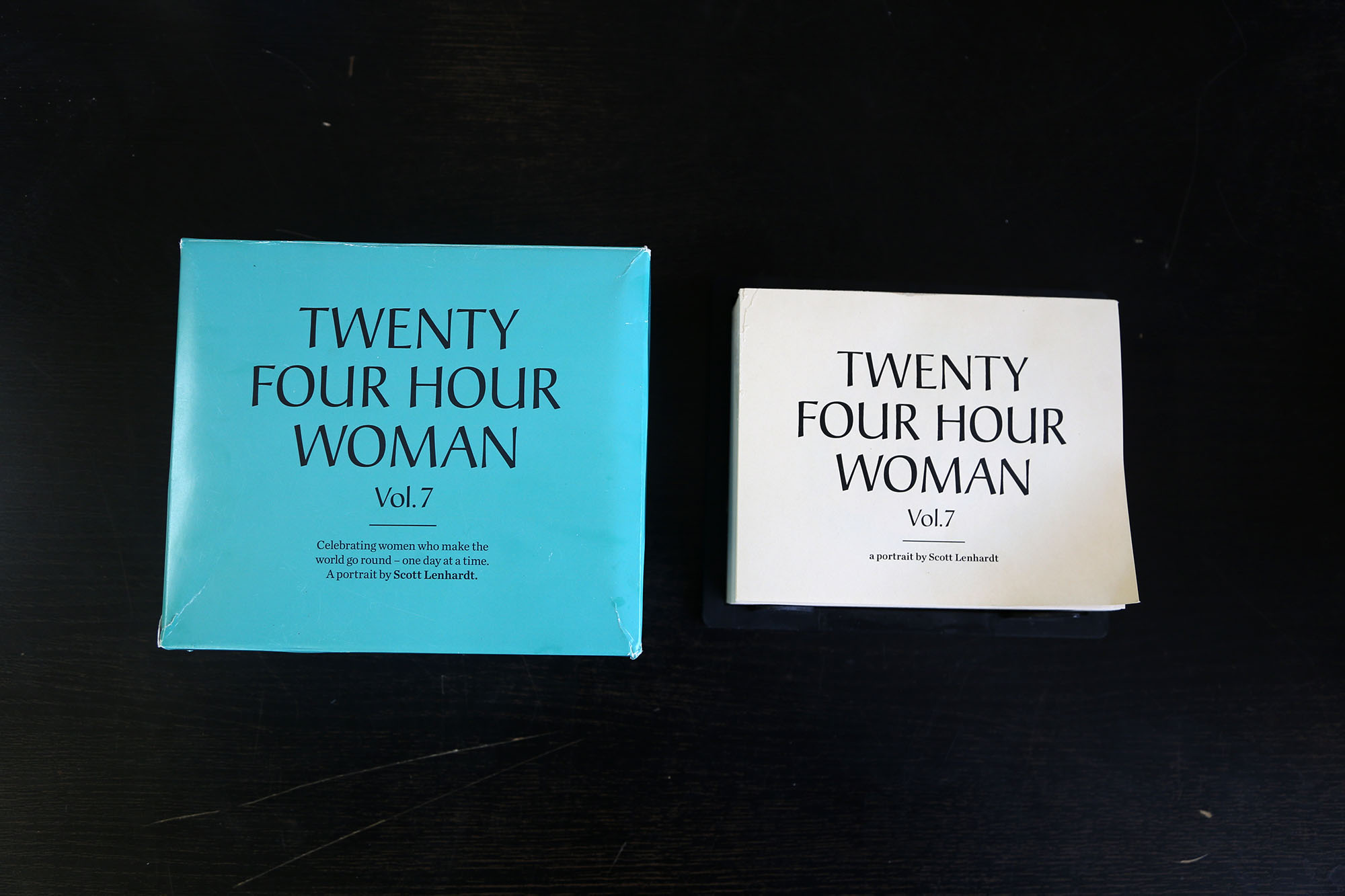
Twenty Four Hour Woman Vol. 7: A Portrait by Scott Lenhardt
Scott Lenhardt is a painter who also cartoons and for many years now he’s made these drawings of a middle-aged nude woman engaging in all sorts of activities and usually seeming to have a great time. In one drawing she’ll be pushing over a Civil War memorial. In another you’ll see her huffing nitrous out of whipped cream cans at the deli as the wall appears to melt behind her.

The little cartoons aren’t published in newspapers or books. They’re made to appear first and only as pages that you tear off of a one-a-day calendar. I like the illusion of permanence and the idea of buying an object I can keep. Scott told me that he liked this format of delivering his drawings because it makes it easier for people to share them and put them on their refrigerators. I found this justification very satisfying but still wish there was a way I could buy a collection of these drawings without part of the idea being that I discard them all over the course of a year.
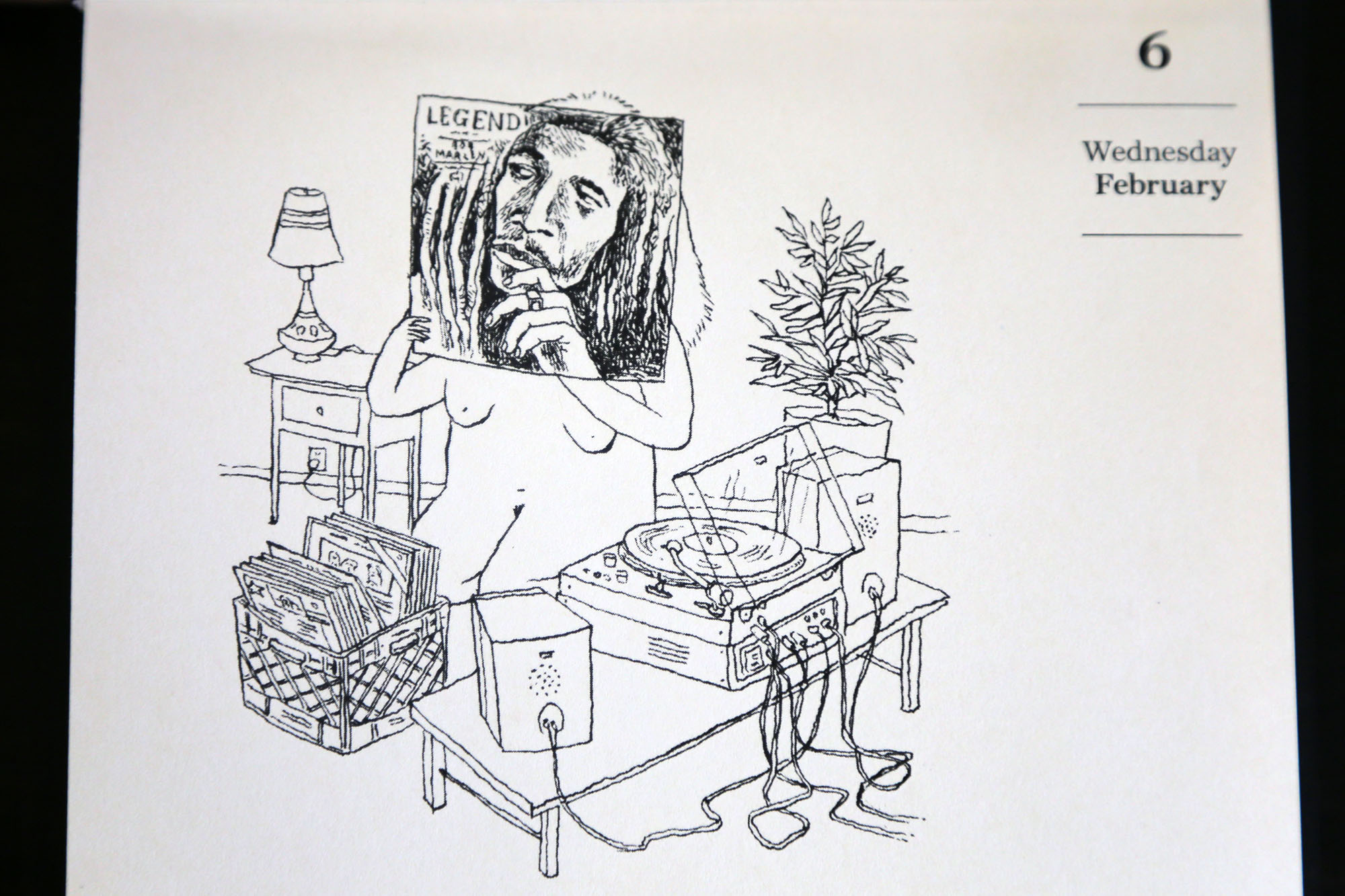
Scott Lenhardt has described the Twenty Four Hour Woman as a lady whose had a couple of kids and is rediscovering her independence by trying every possible thing she can do. Scott draws his cartoons with an efficient and beautiful scratchy pen line. He’ll sometimes draw a simple scene and sometimes an involved landscape. He does what’s needed to serve the idea and he makes it all look easy while doing some complex stuff.
You can see four panel comics that Scott drew of the 24 Hour Woman on the VICE site over here for free.
Buy Twenty Four Hour Woman Vol. 7.
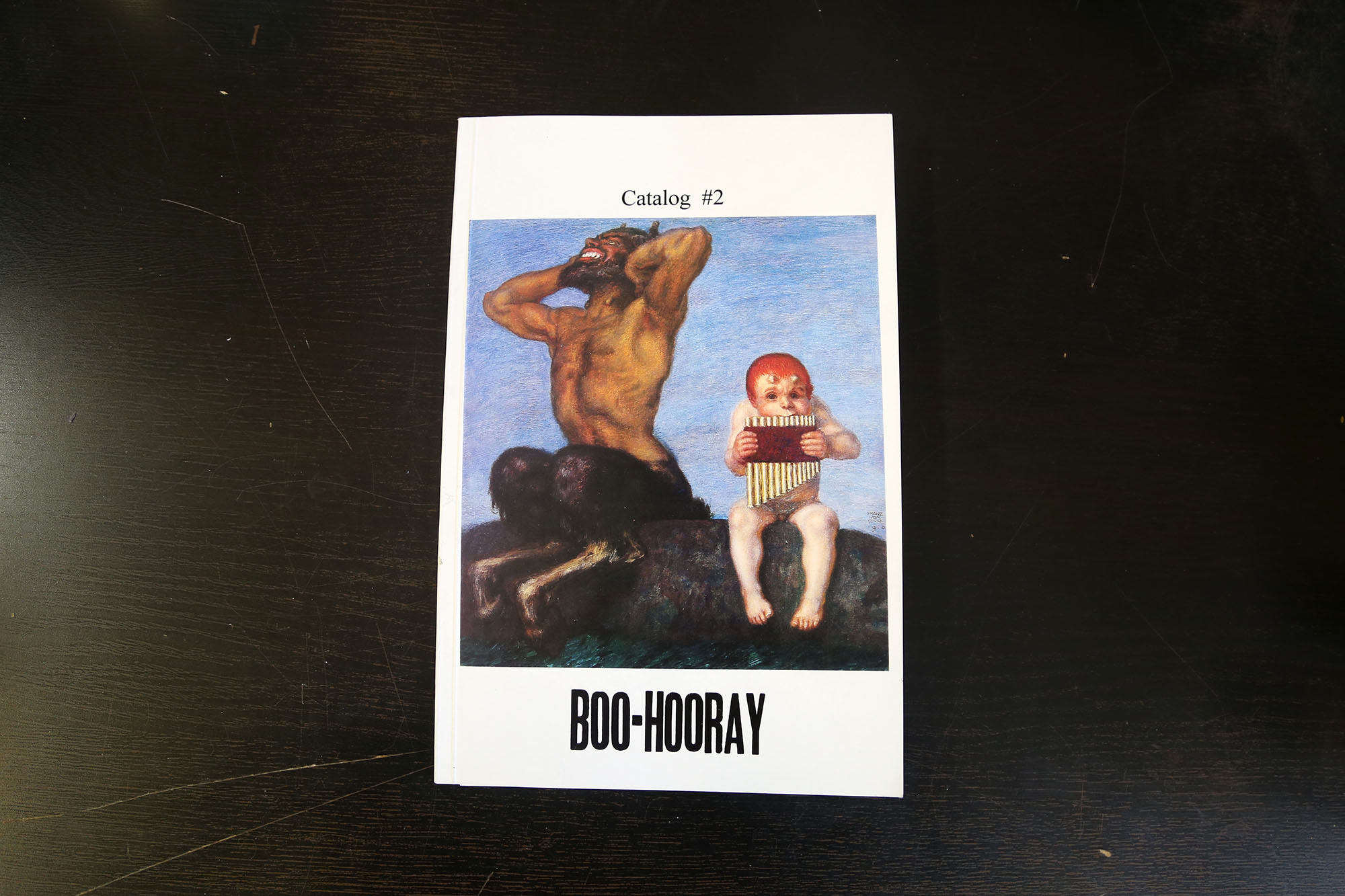
Boo-Hooray Catalog #2
Johan Kugelberg is such a big deal that when he decides to have to unload his old junk it’s like Heaven is having a garage sale. Imagine a little garage door opening on some clouds. This is a perfect bound full color booklet with color photographs of Johan’s treasures and fun, informative descriptions underneath them. In the front of the catalog is a separate folded page with the prices which range from $150 for Paul McCartney’s bitchy press release about why he didn’t attend the Beatles’ induction to the Rock n Roll Hall of Fame to $45,000 for the reggae archive of Scratch Famous, which includes a lot of rare records and a handbuilt amp that belonged to Duke Reid.
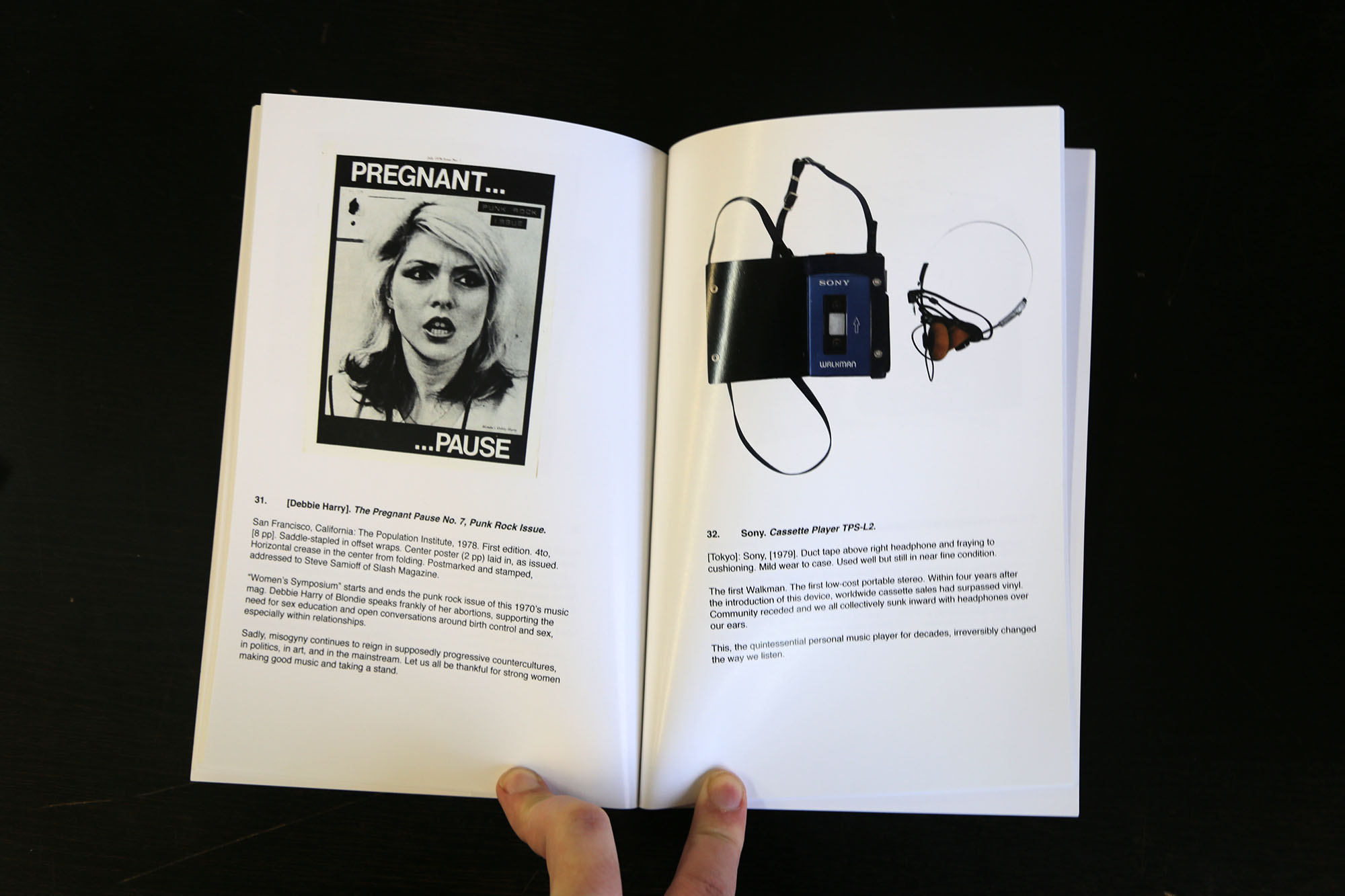
Other notable items include a copy of the unreleased Faust record, headstone props for Biggie, Tupac, and Nas from a video, a copy of Bob Dylan’s unreleased novel Tarantula, The Shaggs business cards, a zine from 1978 where Debbie Harry discussed abortion and sex education and other beautiful and rare items you didn’t even know existed.
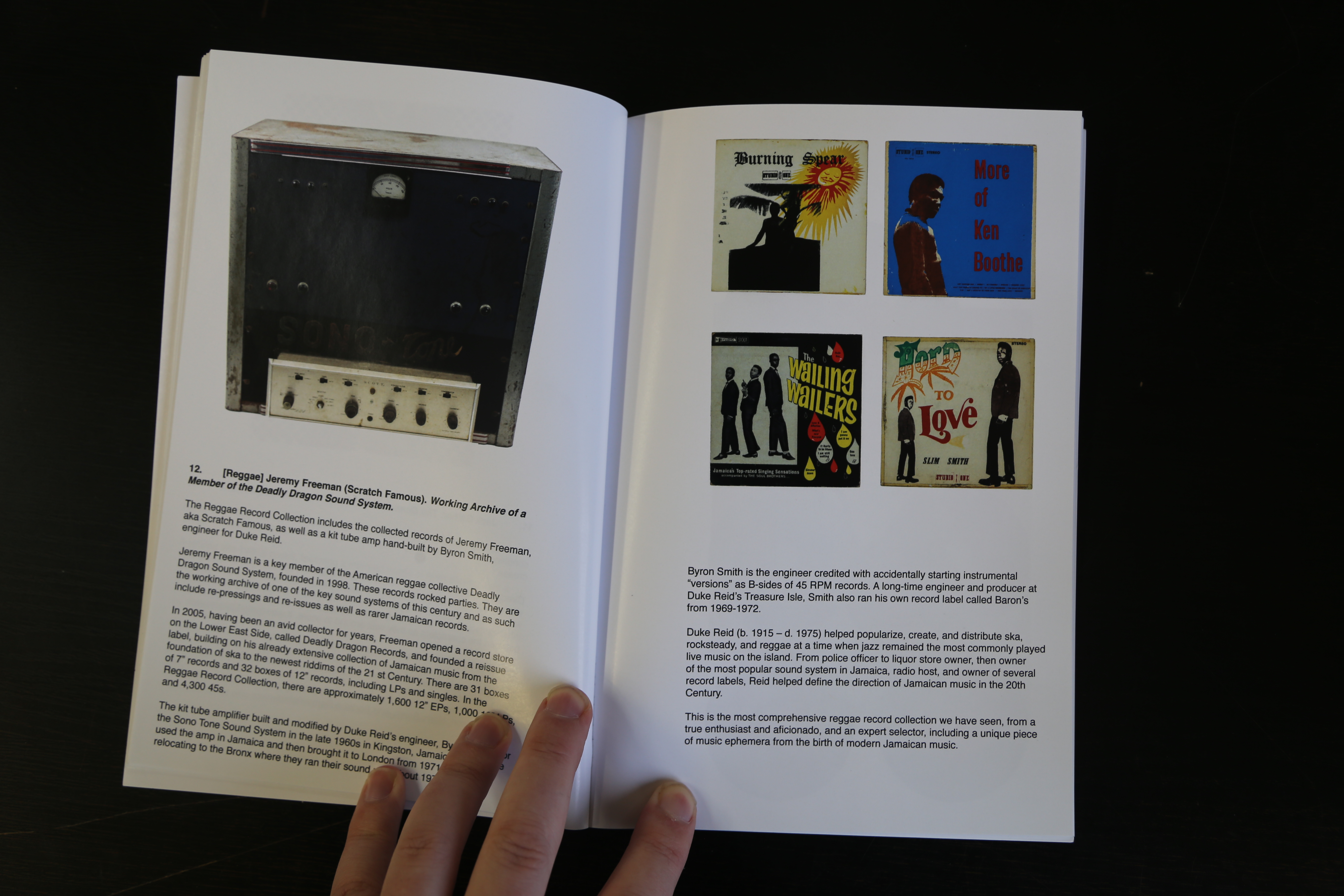
Sometimes it seems like we live in a world where coolness, beauty, craft and special things are no longer valued. It’s nice to see Boo Hooray is keeping the flame alive.
Check out Boo Hooray.

Customer Profiles by Gabe Fowler (Desert Island)
Desert Island Comics is the best comic store New York has to offer and it recently turned ten years old. To celebrate this milestone the owner of the store, Gabe Fowler, made a zine listing off all of his interactions with the customers that he hated the most. You don’t have the best comic store in New York by being an easy going guy. You get it by making the kind of zine Richard Nixon would make if he owned a comic store.

Go visit Desert Island if you haven’t and buy a copy of this zine too.
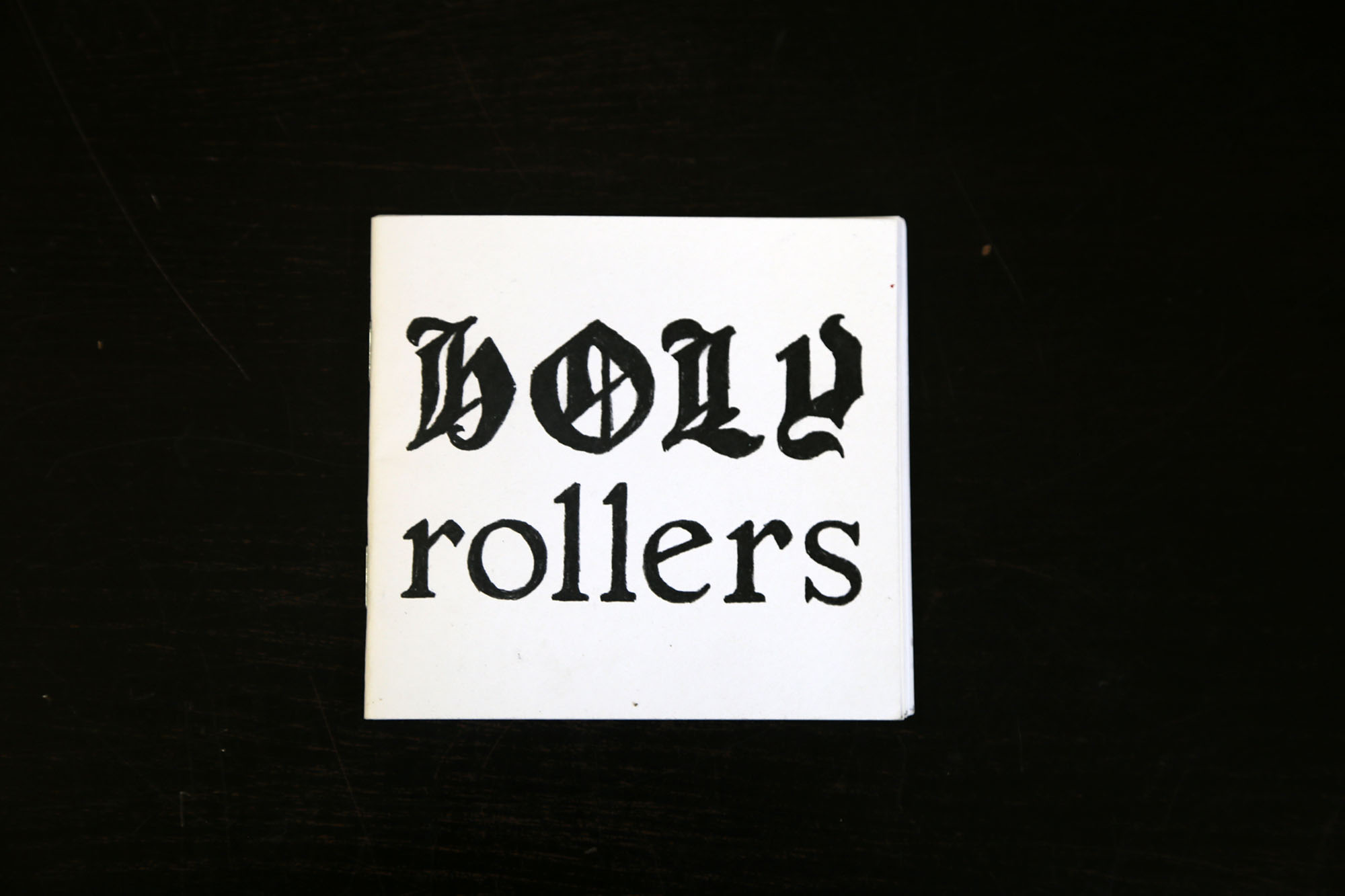
holy rollers by Ross Murray
This is a little square zine by Ross Murray New Zealand, and it’s just very nice drawings based on selfies people took where their phones usually obscure their faces. The drawings are nice.
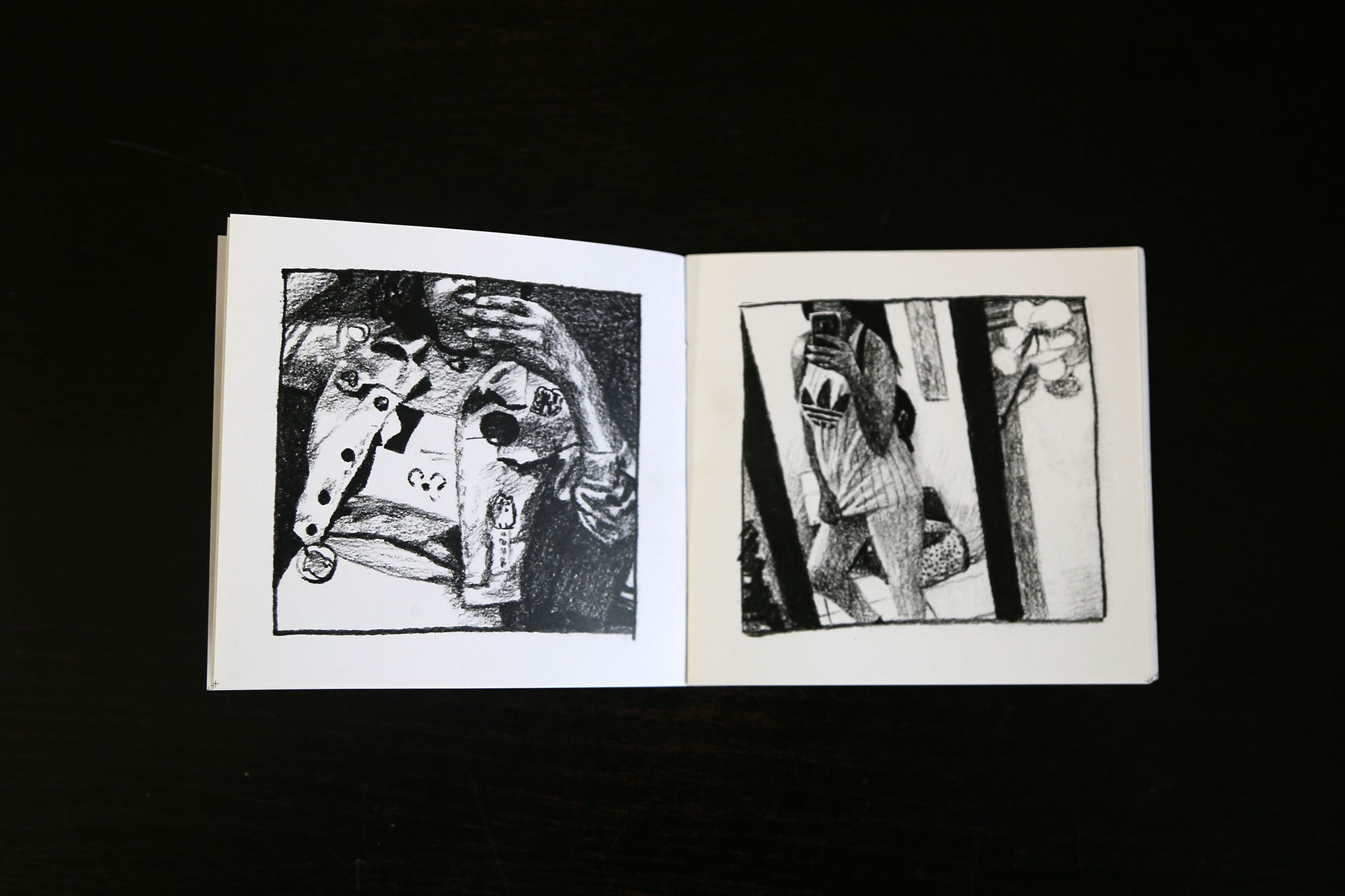
Buy holy rollers.

Please Destroy The Internet!!! By Michael Sweater (Silver Sprocket)
Michael Sweater draws cute little worlds of cuddly pillow people I would like to hug.
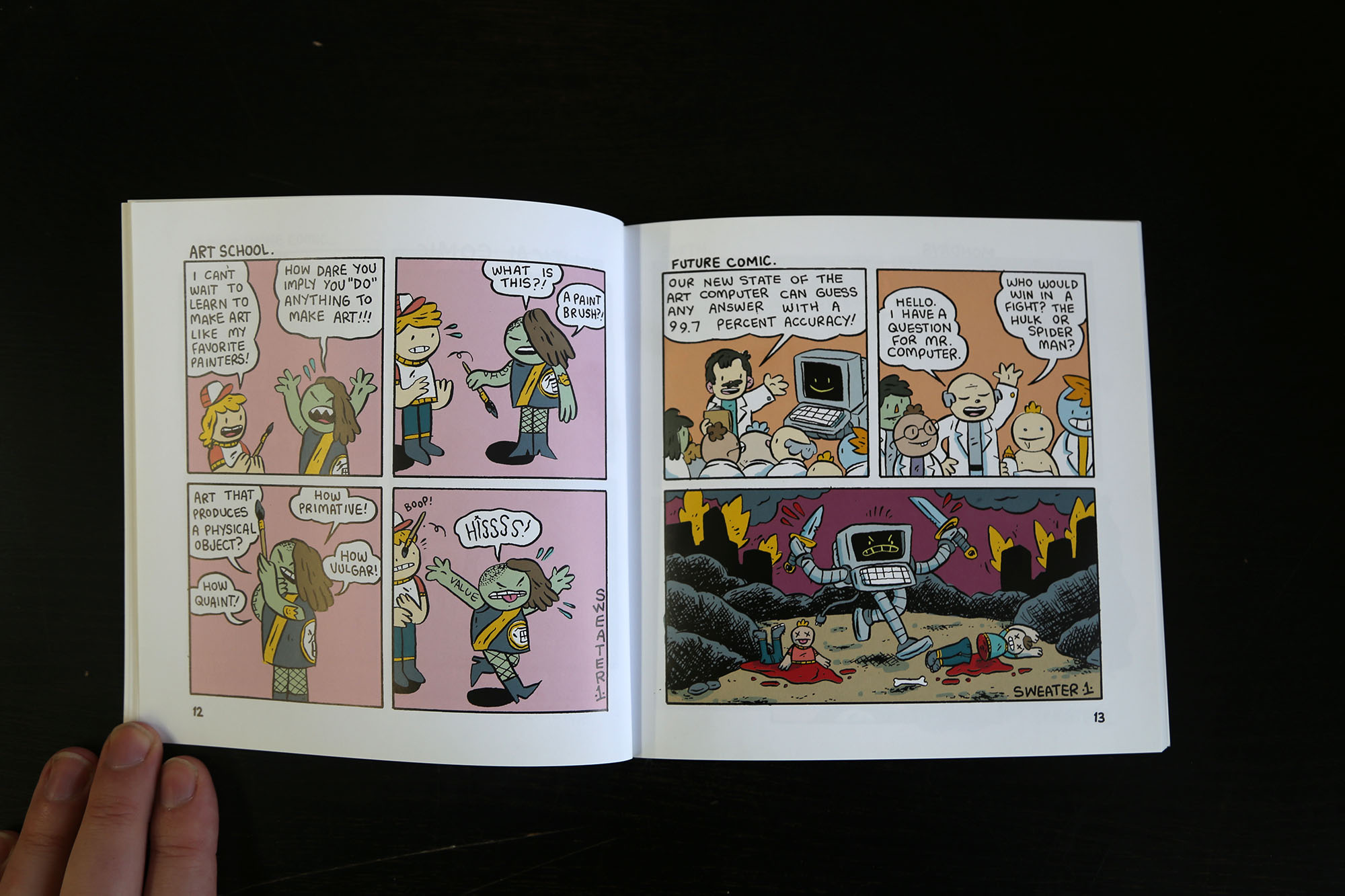
Buy Please Destroy The Internet!!!
Well that’s it for this week. See you next week. Follow me on Instagram.
Sign up for our newsletter to get the best of VICE delivered to your inbox daily.




